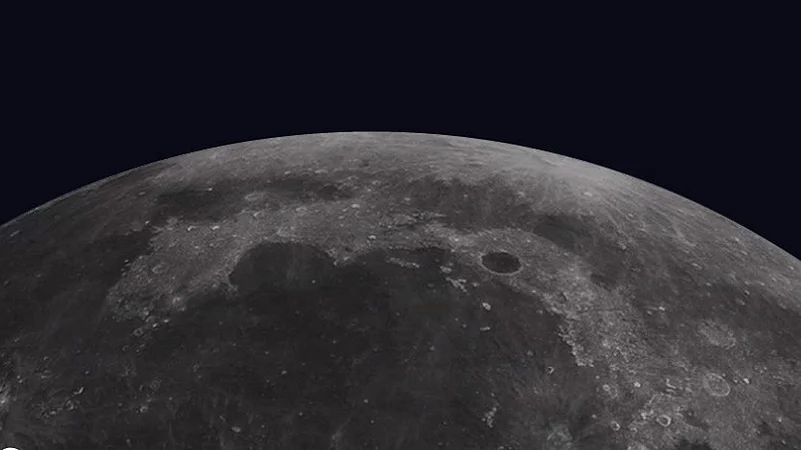The American robotic spacecraft, Odysseus, is expected to "go dark" within the next 24 hours, marking the end of its historic lunar mission.
American Moon Lander Nearing End After Historic Landing; Odysseus Shares Images From Above
Odysseus provided valuable insights, including the identification of nine safe landing sites within the moon's South Pole region.

Built and operated by Houston-based company Intuitive Machines, Odysseus became the first American spacecraft, and the first privately funded one, to successfully land on the Moon since the Apollo 17 mission in 1972. However, its journey wasn't without challenges.
During the landing on February 22, Odysseus landed at an angle, believed to be due to exceeding its planned descent speed. This tilted position has significantly restricted communication with Earth, as the antennas are no longer pointing directly towards our planet.

With the sun soon setting on the lunar surface where Odysseus sits, the lander's solar panels will lose their vital source of energy. Consequently, the batteries will deplete, ultimately silencing communication from the spacecraft.
Despite the imminent shutdown, Intuitive Machines plans to continue collecting data from Odysseus until the last possible moment. This information, including images captured during descent, will contribute to future lunar exploration endeavors.
While the future of Odysseus seems bleak, a similar lunar lander, the Japan Aerospace Exploration Agency's (JAXA) Smart Lander for Investigating Moon (SLIM), experienced an unexpected revival.

Like Odysseus, SLIM also landed on its side in January due to engine malfunction. However, unlike Odysseus, some of SLIM's solar panels eventually received sunlight, briefly powering the lander and allowing communication with Earth before the lunar night began again.
With the sun returning to the area, SLIM's batteries received enough charge for renewed communication with Earth. Though extreme temperatures on the lunar surface once again forced the connection to drop, JAXA plans to resume scientific studies using SLIM once temperatures decrease.
While Odysseus's mission nears its end, its achievements and the data it gathered will undoubtedly contribute to future lunar exploration efforts. The story continues with the unexpected revival of SLIM, offering a glimmer of hope for continued scientific exploration on the lunar surface.
- Previous Story
 US Elections 2024: Tim Walz, JD Vance To Go Head-To-Head In VP Debate | Key Issues To Watch Out For
US Elections 2024: Tim Walz, JD Vance To Go Head-To-Head In VP Debate | Key Issues To Watch Out For - Next Story

























